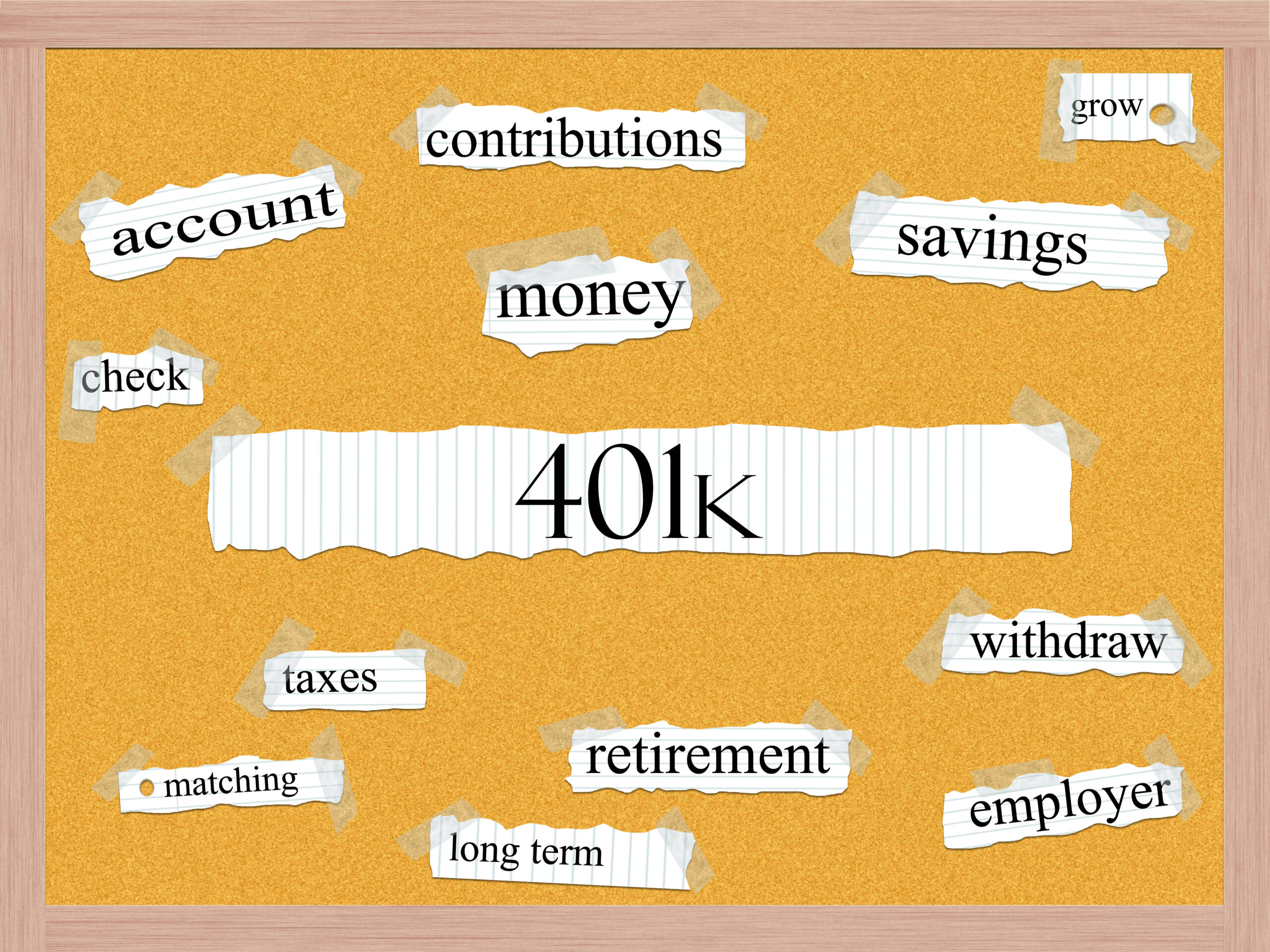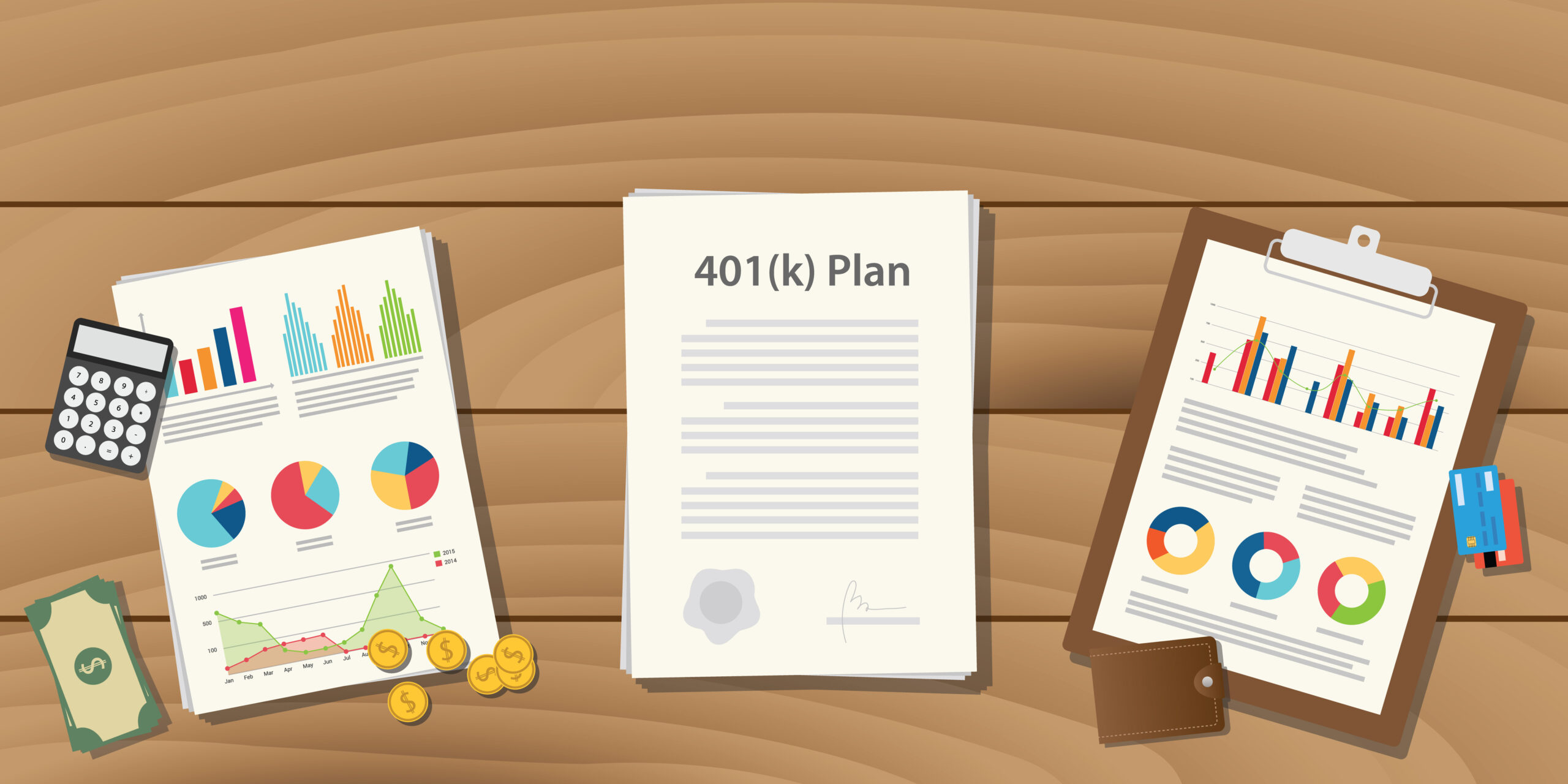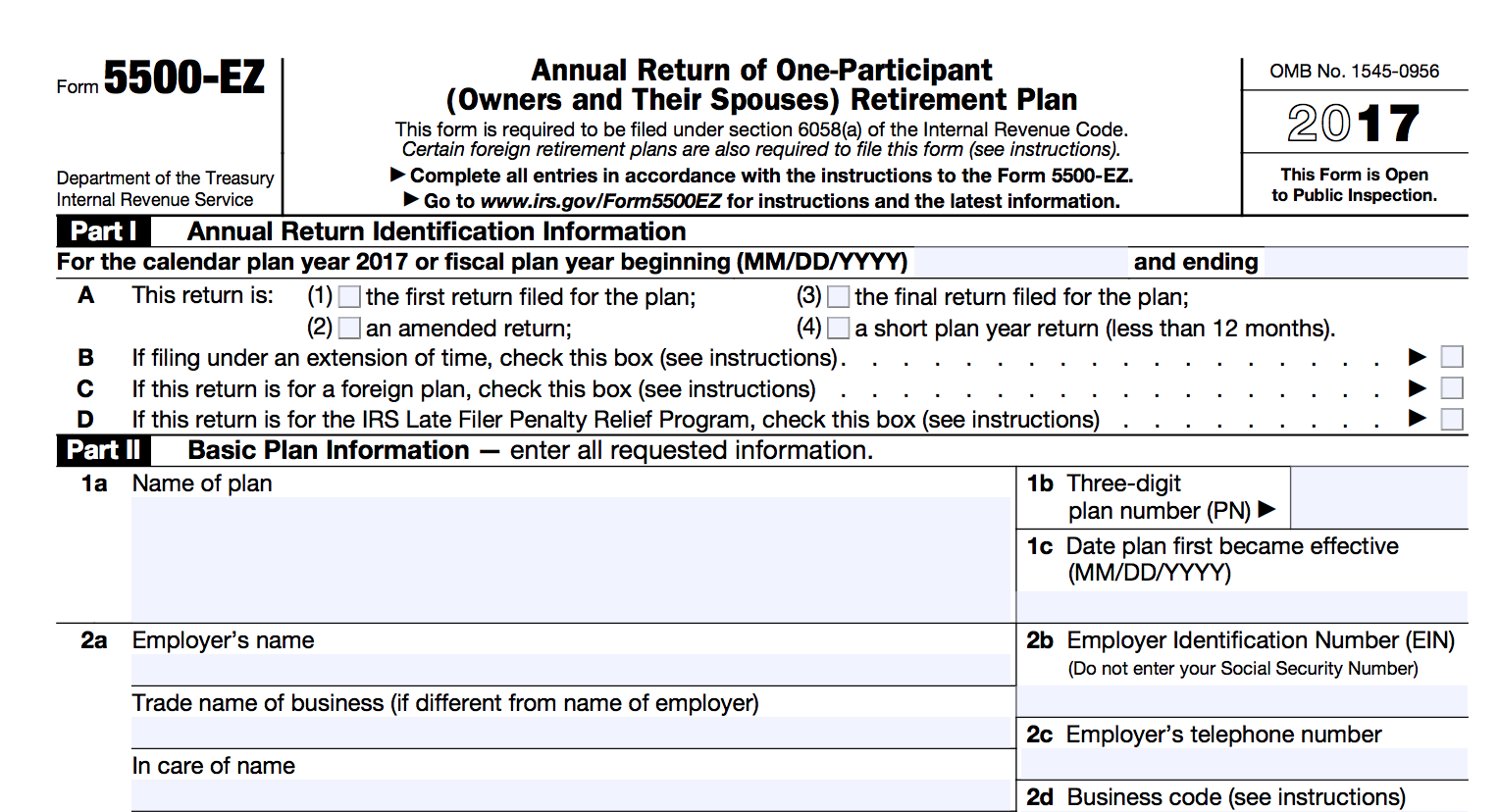Implementing a 401(k) plan as a small business owner can be quite the administrative headache. Many small business owners don’t have the time or HR manpower to take on this project and manage their business at the same time. You don’t have to face this burden alone. Partnering with saveday streamlines and simplifies your HR administrative responsibilities.
1. Simplified Plan Administration:
Saveday’s user-friendly platform simplifies plan administration. From employee onboarding to managing contributions and generating reports, saveday offers intuitive tools that make the process seamless. With automated data collection and reporting features, you can save time and effort while ensuring accuracy.
2. Personalized Support
Saveday provides dedicated support to guide you through every step of the process. Whether you have questions about plan setup, compliance, or employee communication, saveday’s experts are there to assist you via phone, email, and live chat services. Enjoy peace of mind knowing that you have a trusted partner to rely on for your 401(k) needs.
3. Expertise and Compliance:
Saveday’s team of retirement plan experts are well-versed in 401(k) regulations and compliance requirements, and complimentary custodial and fiduciary services are always included in our $0 employer-cost plans. By partnering with saveday, you can ensure that your plan is administered accurately and in full compliance with government regulations. Saveday takes care of the intricate details, allowing you to focus on your core business activities.
4. Cost Savings:
Opting for saveday can save you money compared to the alternative of hiring additional staff or outsourcing your 401(k) administration. By leveraging saveday’s simple and streamlined platform, you can reduce overhead costs and allocate resources to other important areas of your business.
5. Employee Engagement and Education:
Saveday offers robust employee engagement tools and resources to empower your workforce. With features like intuitive investment options, educational materials, and retirement planning tools, saveday helps employees understand and make the most of their 401(k) benefits. Now that they’re engaged, employees are more likely to appreciate and utilize their retirement plans effectively.
In short, managing the HR administrative burden of your 401(k) plan doesn’t have to be overwhelming. By partnering with saveday, you gain access to expert guidance, streamlined plan administration, cost savings, and enhanced employee engagement. saveday’s friendly and knowledgeable team will guide you through the complexities, ensuring compliance and efficiency every step of the way.
Simplify your HR administrative tasks and provide valuable retirement benefits to your employees with saveday as your trusted 401(k) partner. Better yet, experience peace of mind and focus on what matters most – growing your small business to new heights.











